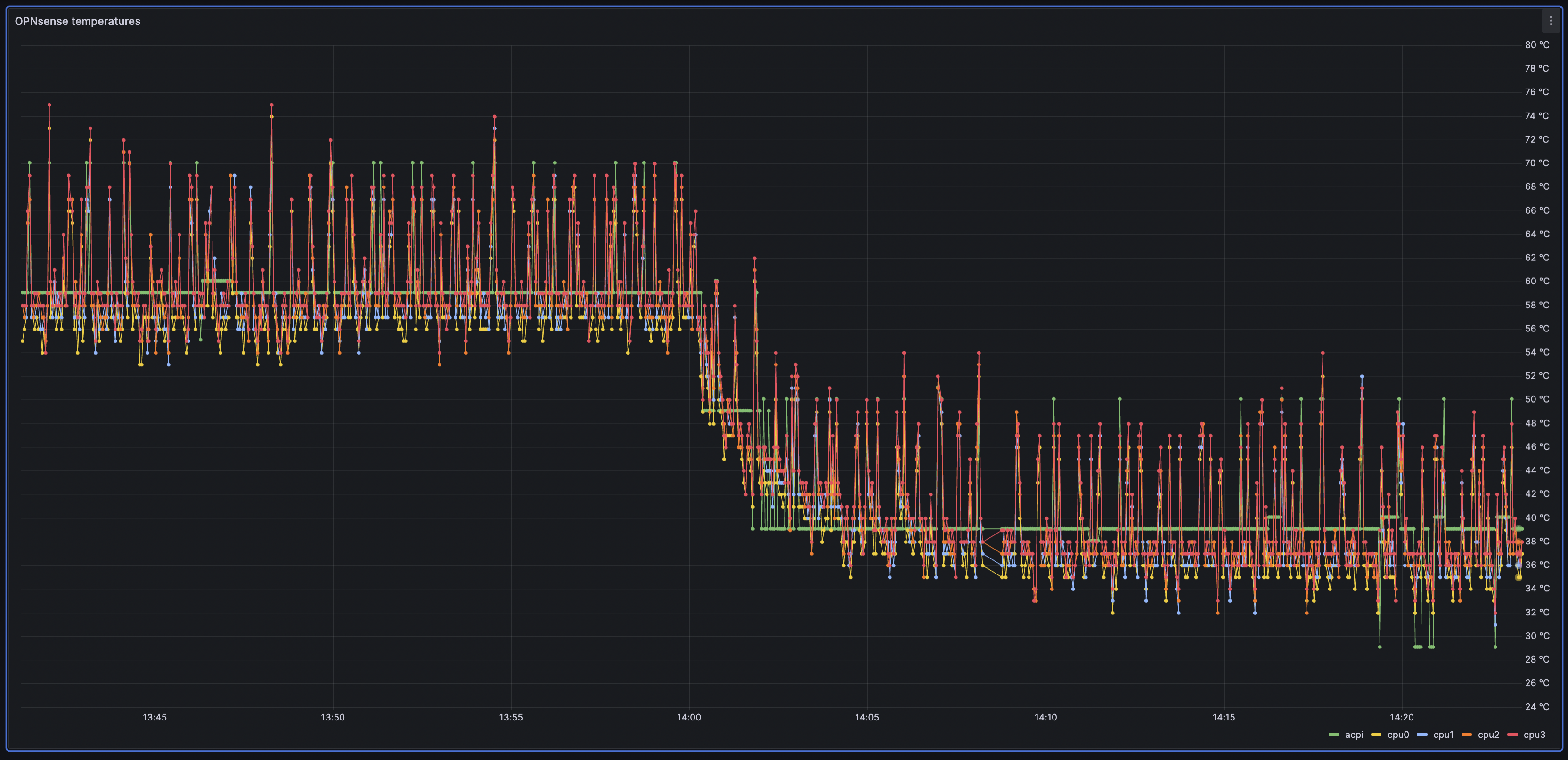Quote from: franco on April 15, 2024, 12:54:14 PM
Ideas:
* Submit improvements to the code.
* Submit feature requests to the issue tracker.
* Use the NUT package without the GUI for full customization.
Cheers,
Franco
I went for point 3 only because I have no idea how to contribute to the code
I tried expressing myself in the point 2 but I am not sure I did it properly

 "
"


